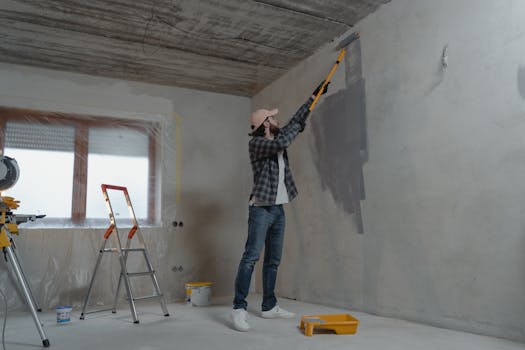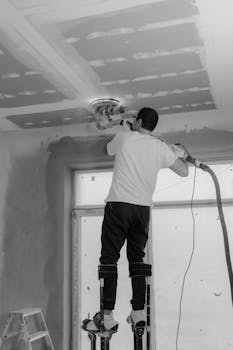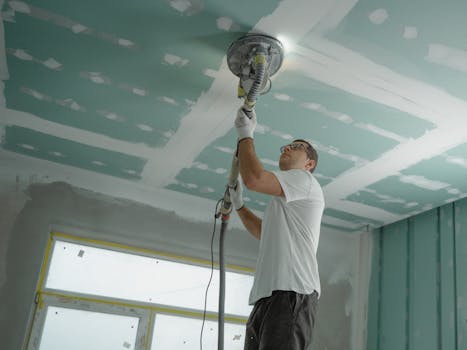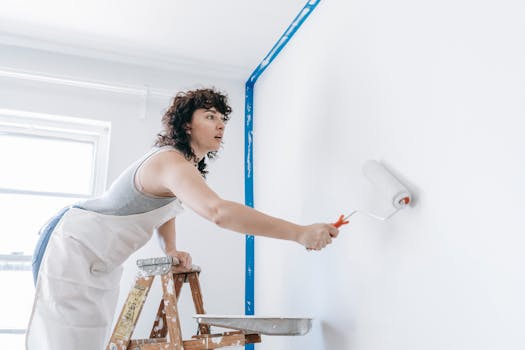
Your home is perhaps your most significant investment, so it is crucial to keep it safeguarded at all times. Installing a security system is one of the best ways to ensure the protection of your home and family from potential intruders or break-ins. With many security systems available in the market, selecting the right one can be daunting. Here are some Home Improvement tips for installing a security system in your home.Choose a security system that suits your needsHome security systems come in different configurations and technologies, making it essential to choose the right one for your house. Before settling on a specific one, take time to research and select a system that is within your budget and meets your security requirements. Some of the common types of security systems include wired, wireless, and hybrid systems. Wired systems require that professionals install them into your house, making them more secure and reliable than the other two types. On the other hand, wireless systems are easy to install, and are best suited for renters who may not want to have wires running through their walls. Hybrid systems use a combination of wired and wireless sensors, and are best suited for larger homes.

Consider the features of the security systemThe security features of a security system are one of the most critical aspects you should consider when selecting one. The most common features include sensors for windows and doors, motion detectors, and surveillance cameras. Other features may include smoke detectors, carbon monoxide detectors, and smart home integration.The sensors are essential components of a security system as they detect when windows or doors are opened, and can alert the system when there is unusual activity. Motion detectors are also crucial as they can detect human movement and send an alert to the security system. Surveillance cameras are an excellent way to monitor activity around your house, and can provide evidence in the event of a break-in.Hire a professional for proper installationWhile some security systems come with DIY installation manuals, hiring a professional ensures that the system is correctly installed and reliable. A professional installer will ensure that everything is installed according to the manufacturer’s best practices, ensuring that you get maximum security from your system.

Additionally, professional installers can help you select the best security system for your home, provide free estimates, and give you advice on the best placement of sensors, cameras, and detectors. A security system is an investment, so it is essential to have it installed correctly to get the best results.Regular maintenance is necessaryLike any other electrical device, security systems require regular maintenance to ensure that they are working optimally. Conduct regular maintenance checks on the sensors, cameras, and detectors to ensure they are functioning correctly. Additionally, check the batteries regularly, and replace them when necessary. Regular maintenance checks will ensure that your security system remains effective and reliable.In conclusion, installing a security system is an essential home improvement tip that can give you and your family peace of mind. Before installing one, research and choose a security system that meets your needs, take into consideration the features of the system, hire a professional for proper installation, and conduct regular maintenance checks. By following these tips, you can ensure that your home and family are protected at all times.
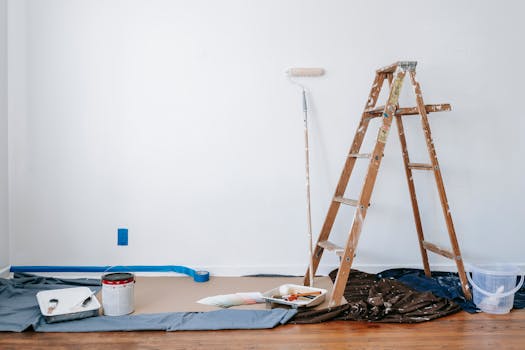 see all posts!
see all posts!


